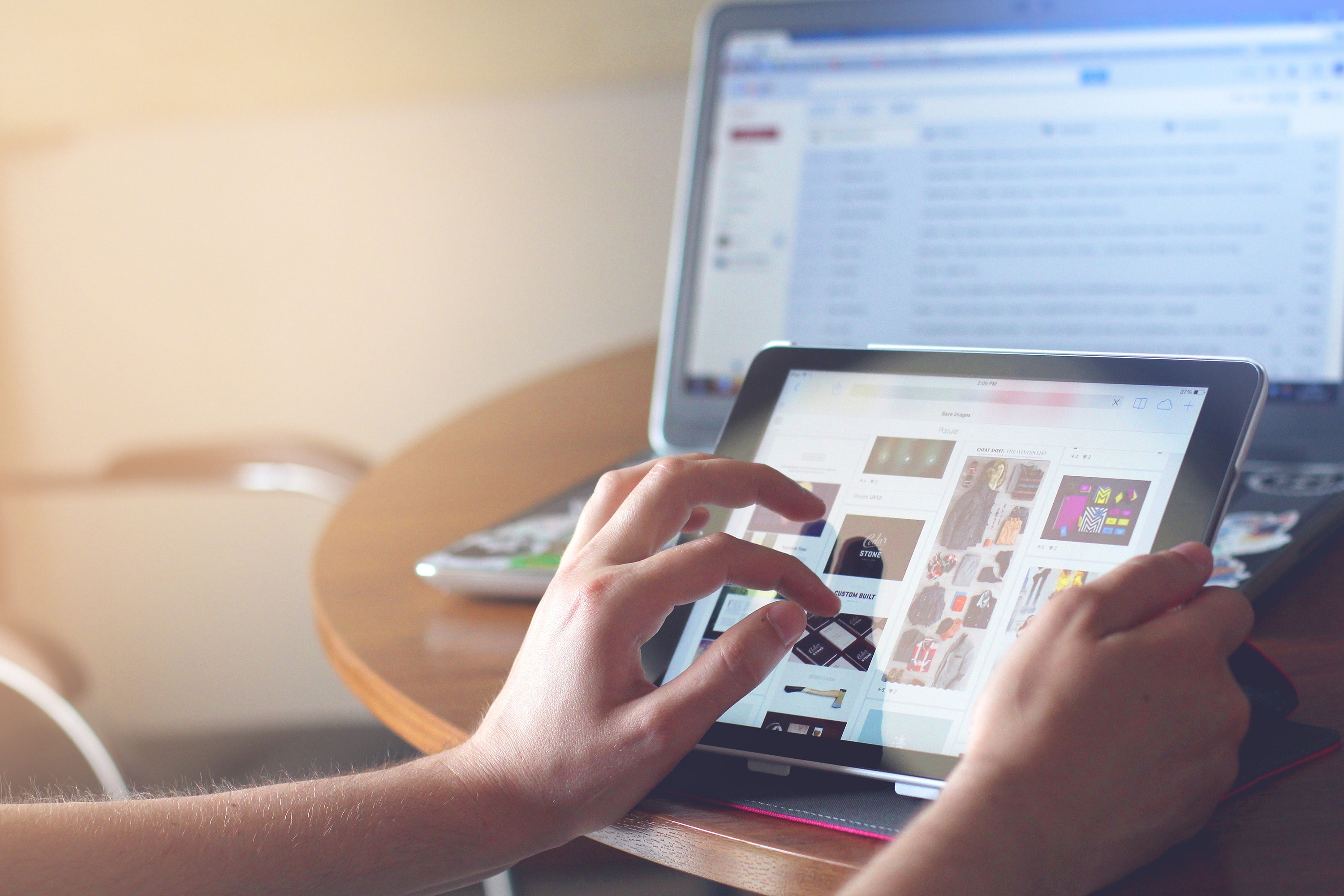Issue 102
Term 3 2017
School libraries support digital technologies
Martin Richards explains how libraries can extend their offering of digital technologies, using some practical examples.

Over recent times, school libraries have become much more than a place for students to read and enjoy books, conduct research, and enjoy the comforts of a pleasant, welcoming environment at lunchtimes. With the ever-increasing emergence of new digital technologies, many schools are considering how they might adapt their programs and look for ways to accommodate relevant technologies in meaningful ways.
Developing students’ ICT capabilities
School library staff teach students how to learn. Consider a student coming into the library to conduct research using a range of digital sources. No matter what the source, you will naturally guide students on how to navigate information, do research, note take, consider different points of view, and determine what’s credible and what’s not credible. Knowing what digital sources are available and relevant is also part of a librarian’s role.
Of course, students’ use of digital technologies in the library can go well beyond researching information. Whatever the focus, device, or application, the support you provide to students helps them develop their ICT capabilities, which are of importance across all subject areas. View the YouTube clip ‘School libraries matter’ for inspiration.
Coding: an opportunity to play and explore
At the heart of most school libraries is the desire to promote a love of learning. A library set up with access to devices such as tablets, notebooks, or desktop computers can extend this love of learning by including an opportunity for students to explore coding. Coding clubs are becoming a popular offering in school libraries.
Many of the coding applications or environments enable students to explore and learn at their own pace through challenges, step-by-step tutorials, or remixing a sample block of code. Knowing what apps are available and which ones are right for your students is important. If you have iPads, for example, it’s handy to know which apps can be used on iPads, which apps are web-browser-based, and which apps are multiplatform.
In a library setting, I suggest looking for coding applications or environments that have the features I mentioned that enable self-paced learning. Some web-based applications for primary school students include: Scratch, Snap, Lightbot, Blockly Games, and, for the more advanced, Pencil code. For tablet devices try these for the early years: Scratch Jr, The Foos, Daisy the Dinosaur, and, for the more advanced, Codea or Swift Playgrounds. Whatever you decide to choose, many of these applications have online tutorials or supporting YouTube videos that help students to code and create.
For secondary school students, try these applications, which enable students to create easy-to-code projects: Thimble, Google CS First: Storytelling, Swift Playgrounds, or, to create games, use Touch develop or Cargo-Bot. If you feel up for the challenge, you can move on to a programming language such as Python, but if you don’t feel comfortable moving to this level, leave it to the computer science teacher.
Ideally, teachers in your school are incorporating coding in their classes. The webpage ‘Choosing the right apps for your class’ provides advice about different apps for your teachers to use in class. Connecting robotic devices and programming apps You may be able to set up an area in your library space where students can program a robot, for example, Sphero, Ollie Ozobot, or Dash and Dot. A fun, suitable task is for students to set up a maze and program their robot to negotiate it, incorporating computation and design thinking. The article ‘Robots in the 2016 Australian classroom’ provides an insight into different types of robots available for schools.
Makerspaces
Some libraries are even creating an area set aside for making. The activity in this space can include designing, tinkering, and engineering using various types of materials, tools, and equipment, including digital-based invention kits such as Makey Makey, LilyPad Arduino, Hummingbird or Littlebits.
Imagine students playing a piano using bananas as the keys, or an online game where their controller is made out of play dough. These types of activities are made possible using the Makey Makey programming board or other similar boards. Instead of pressing keys on a keyboard, a programming board allows students to control devices by designing and using different inputs. It’s a whole load of fun.
Another relevant piece of kit often referred to as a microcontroller is the LilyPad Arduino, which enables students to incorporate wearable technology. The LilyPad microcontroller can be sown directly into a garment, hence the tag ‘wearable technology’. You might design a jacket that lights up in different colours or one that buzzes, depending on the project.
Want to find out more about makerspaces? View the ‘Makerspaces’ topic on the Digital Technologies Hub. With lesson plans, case studies, programs, applications, games, and competitions, it should provide you with insight as to how you might create a makerspace in your school. So, reflecting on your journey into offering digital technologies in your library, to what extent are your students empowered to learn as they create and explore digital technologies?
Where to find resources
The Digital Technologies Hub has a wealth of resources to help you provide learning experiences with a digital technologies focus and support teachers in your school to implement digital technologies in their classes. Check out the lesson ideas and topics as a starting point, or search for particular resources.
Digital Technologies Hub webinars
A great way to increase your own understanding of the digital technologies is to view the webinars presented by the Digital Technologies Hub. Check out our webinar recordings and keep your eye out for upcoming webinars, which are presented on the last Wednesday of each month. Sign up for the newsletter to keep abreast of latest news.
